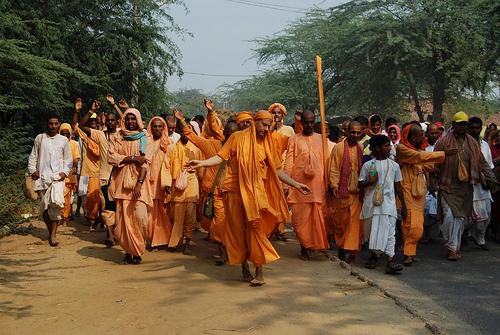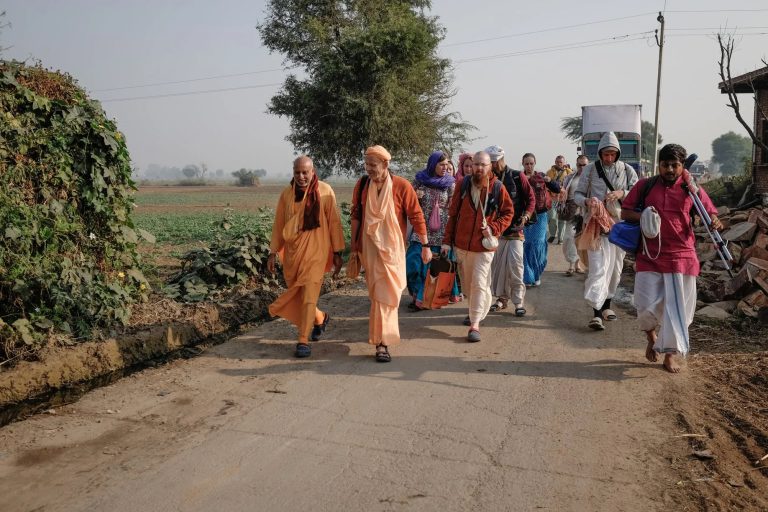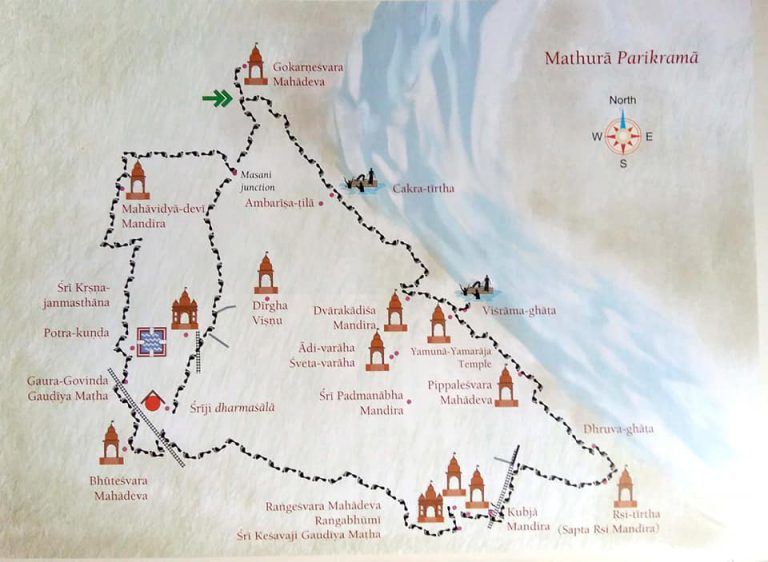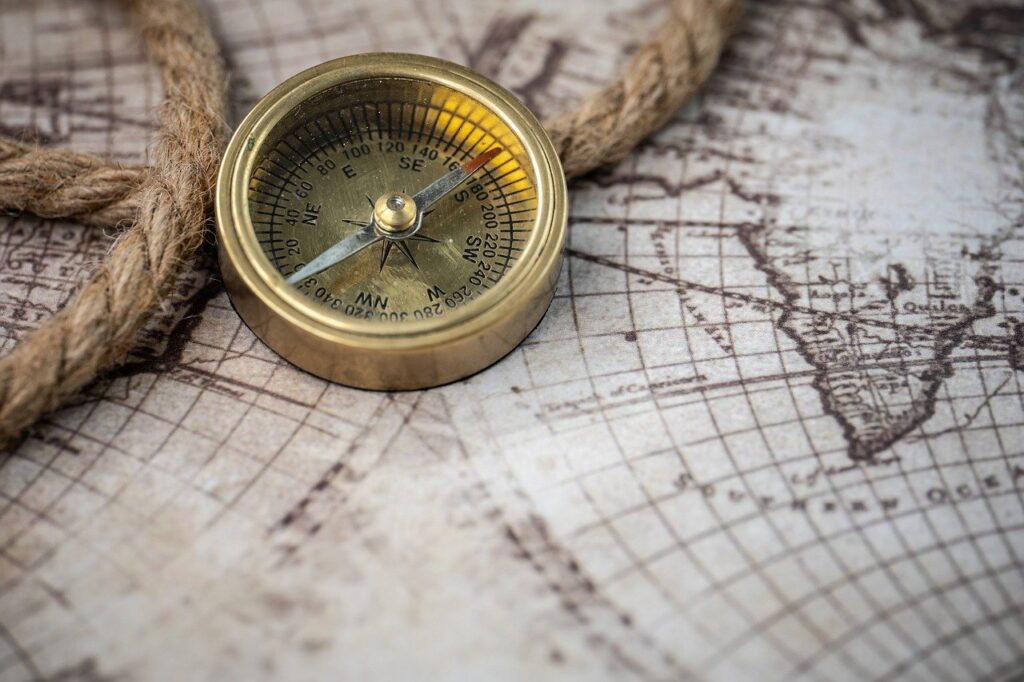
Our Packages
Don’t just dream about your next adventure—make it happen! Explore our packages and book now to start creating memories that will last a lifetime.

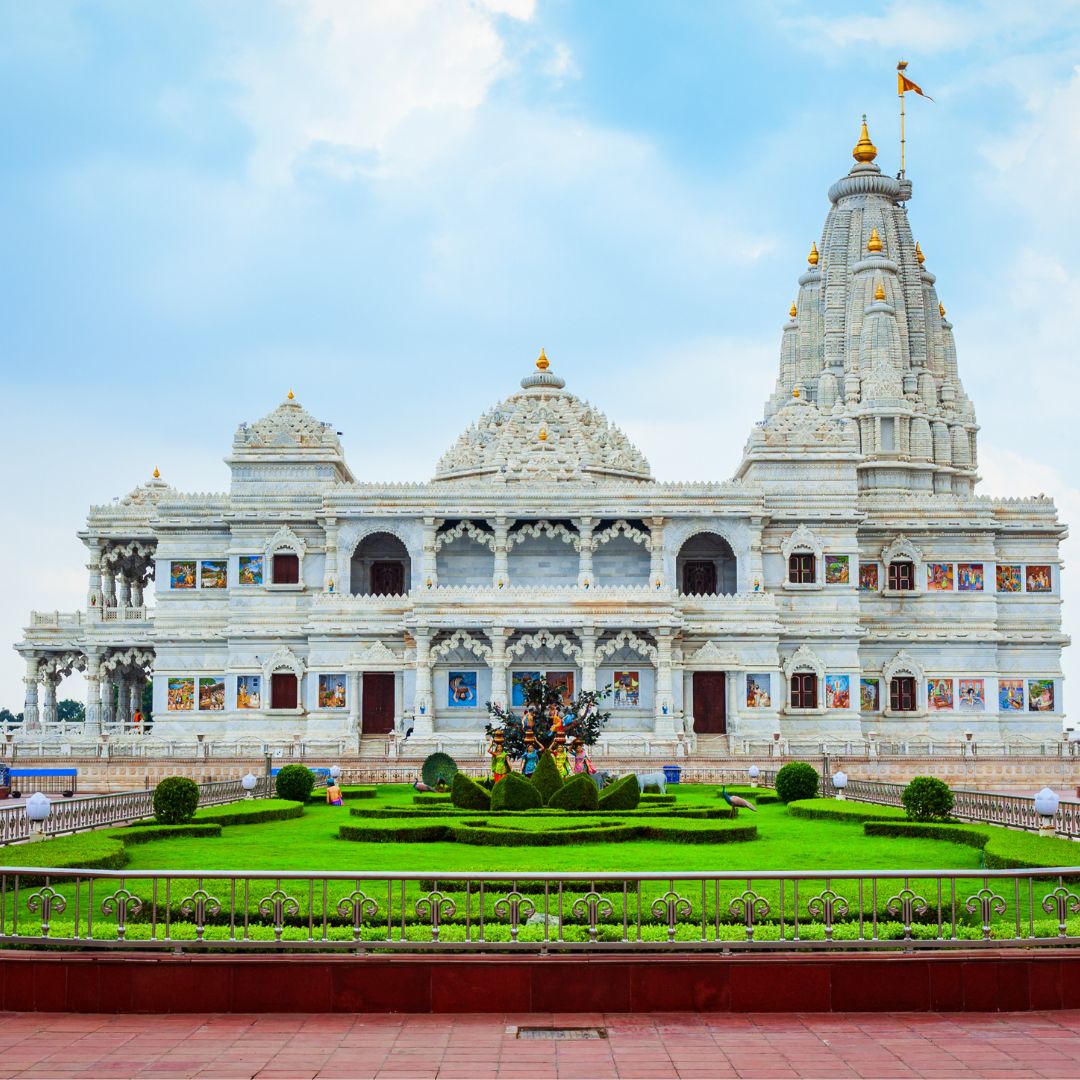
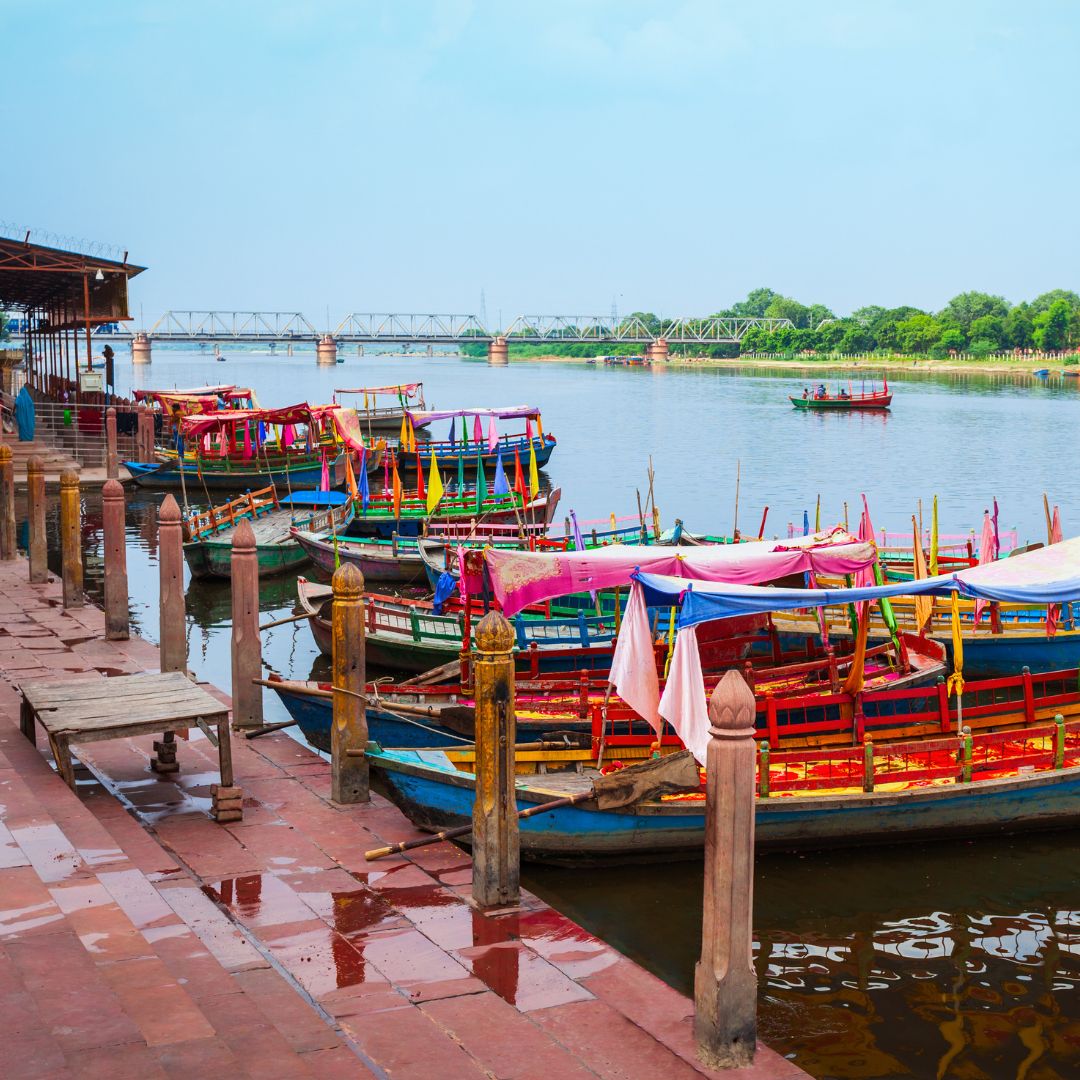
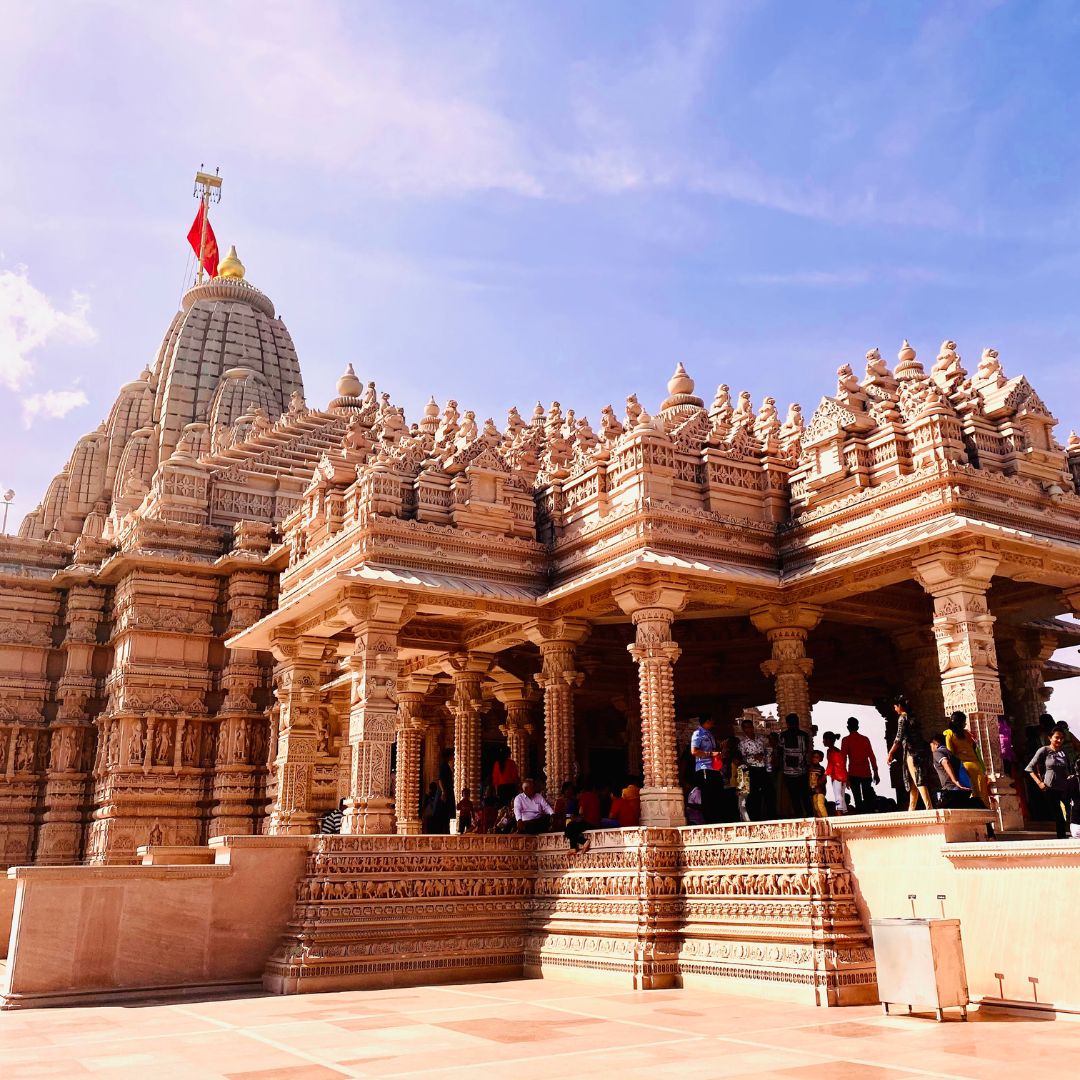
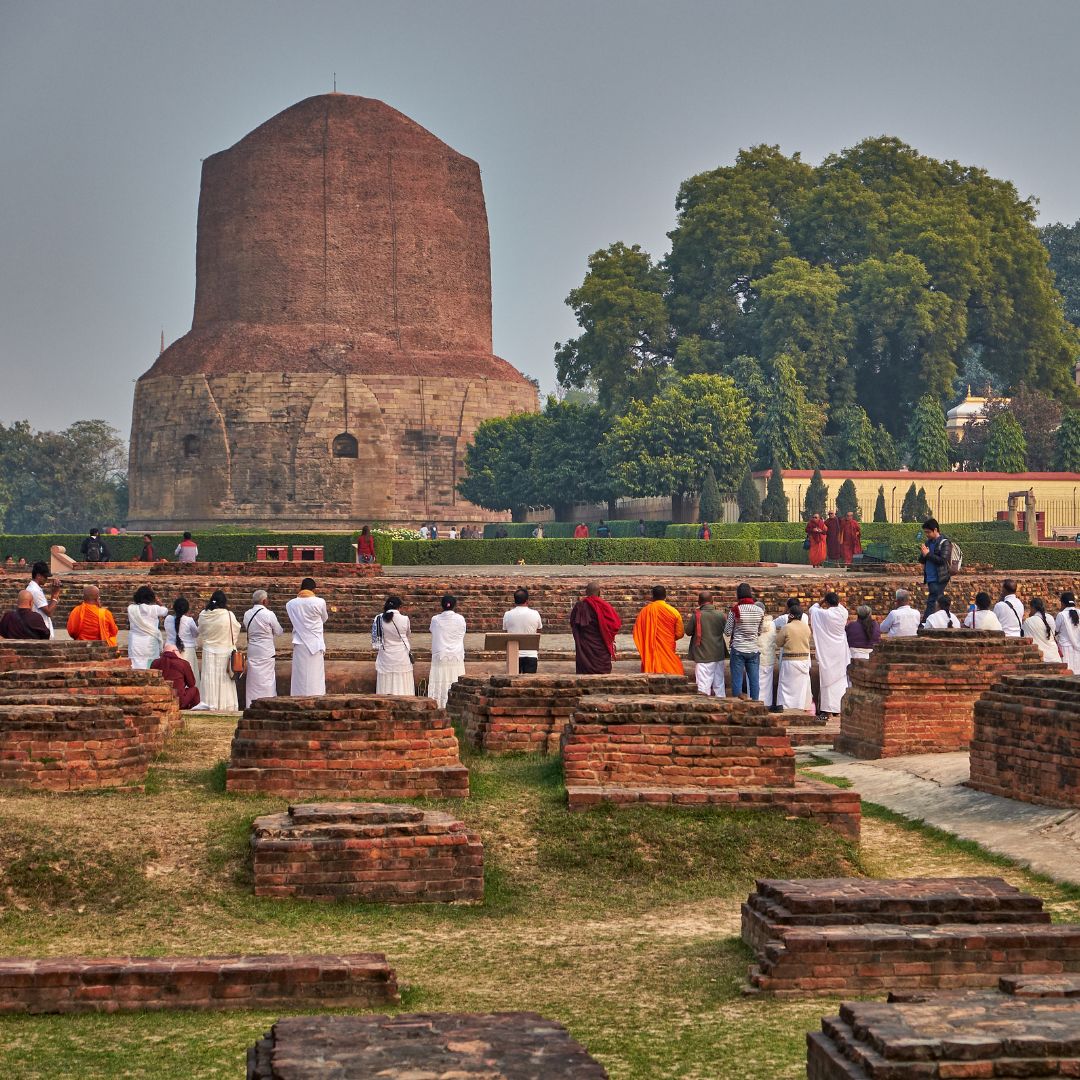
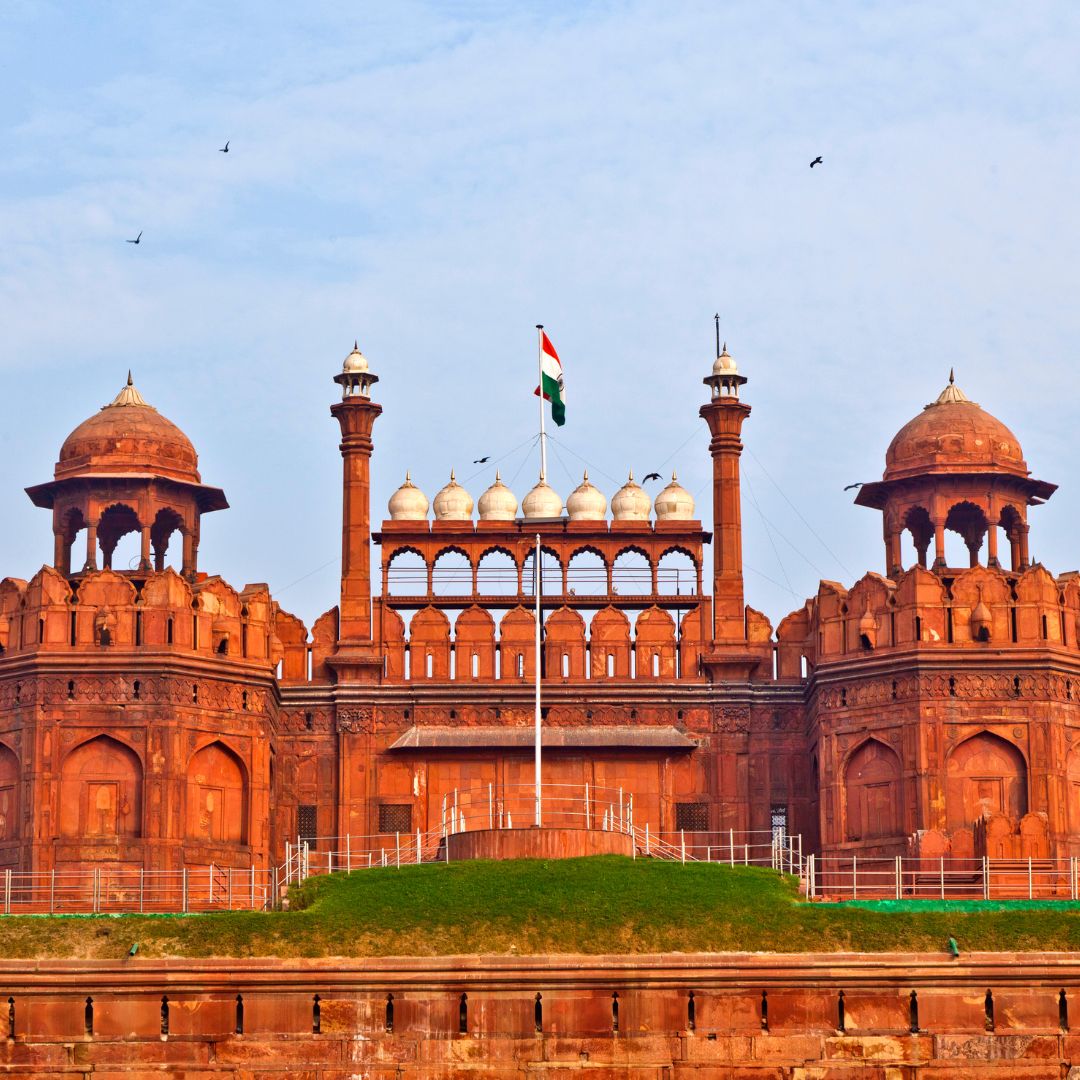
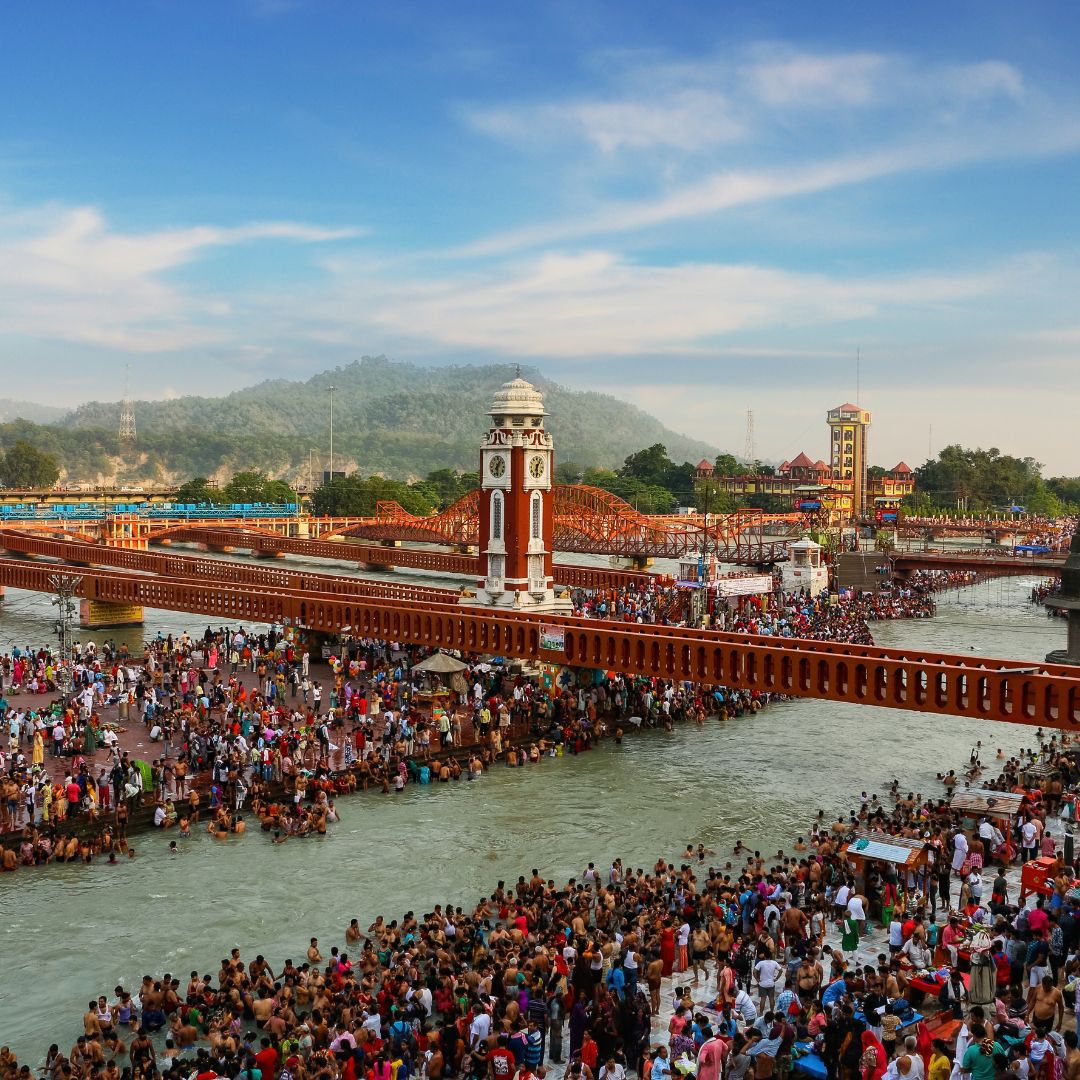
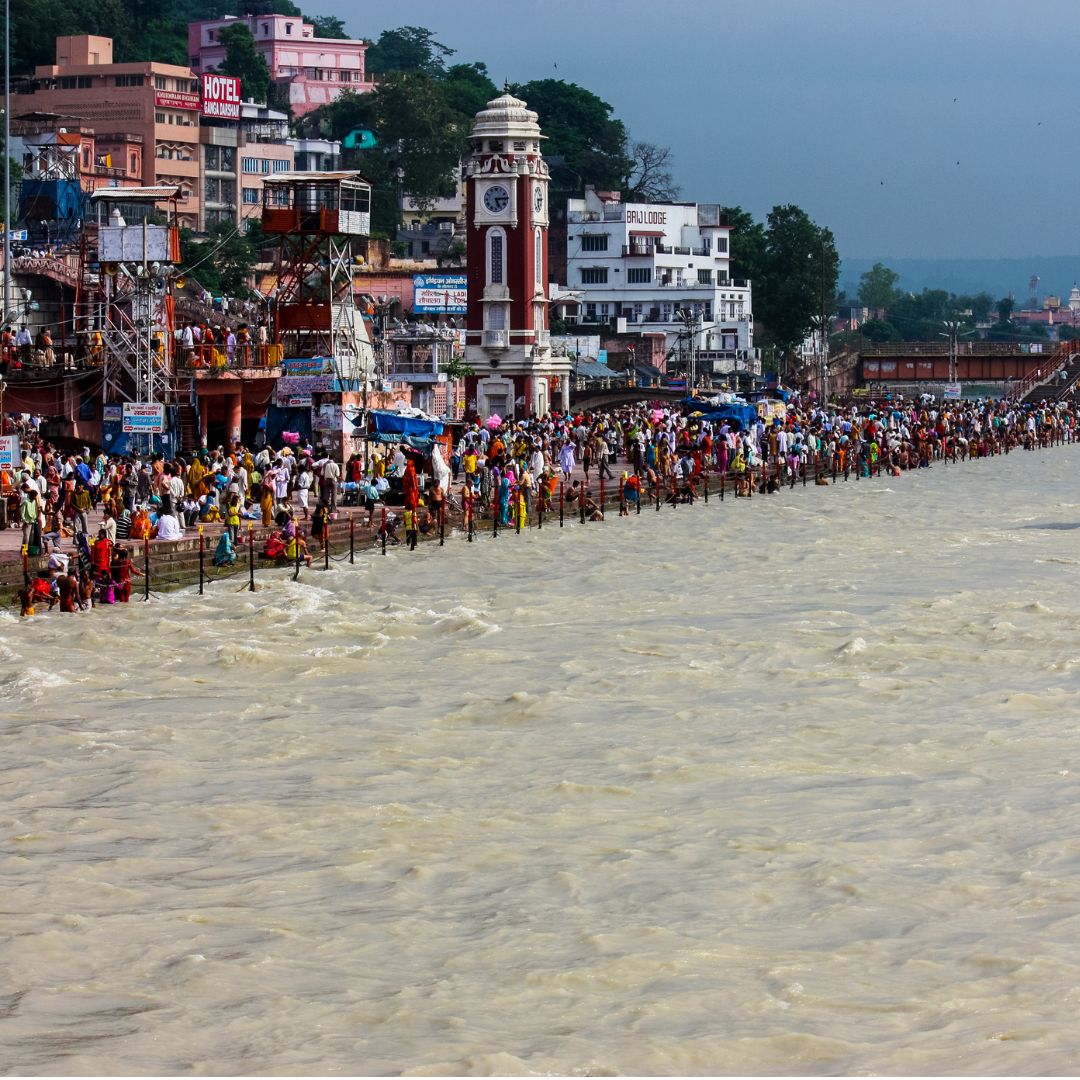
Mathura
Shri Krishna Janmabhoomi Temple
Timings: 5:00 AM to 12:00 Noon and 4:00 PM to 9:30 PM; Monday to Sunday
The Shri Krishna Janmabhoomi Temple, also known as the Krishna Janmabhoomi or Krishna Janmasthan, holds a special place in Hinduism as it is believed to be the birthplace of Lord Krishna. The temple is located in Mathura, a city deeply associated with the life and legends of Lord Krishna. Here are some key details about the temple and its historical significance:
Mythical Birthplace of Lord Krishna: According to Hindu legend and scripture, Mathura is believed to be the birthplace of Lord Krishna. It is said that Lord Krishna was born in Mathura over 5,000 years ago. The Shri Krishna Janmabhoomi Temple is a sacred site that commemorates this divine event.
Construction and Destruction: The temple is said to have been originally built by Lord Krishna’s grandson, Vajra. However, it has a history of being destroyed and rebuilt multiple times. The temple that stands today is the fourth iteration, constructed in 1965.
Historical Significance: The Shri Krishna Janmabhoomi Temple remains a historical and spiritual centre for devotees of Lord Krishna. The temple complex includes the prison cell where it is believed that Lord Krishna was born, an event that took place on a dark, stormy, and rainy night.
Aurangzeb’s Role: The temple faced destruction during the reign of the Mughal emperor Aurangzeb. His actions led to the demolition of many Hindu temples, including the original Krishna Janmabhoomi Temple. The site of Lord Krishna’s birth became a point of contention, and it took several centuries before a new temple was built.
Ongoing Dispute: The construction of the present temple in 1965 was the result of a long-standing political and religious dispute, which remains unresolved. The dispute has been a subject of legal and political discussions.
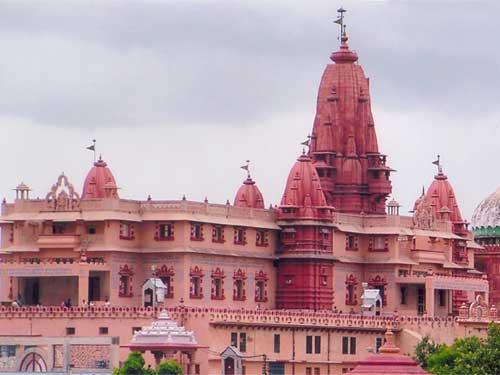
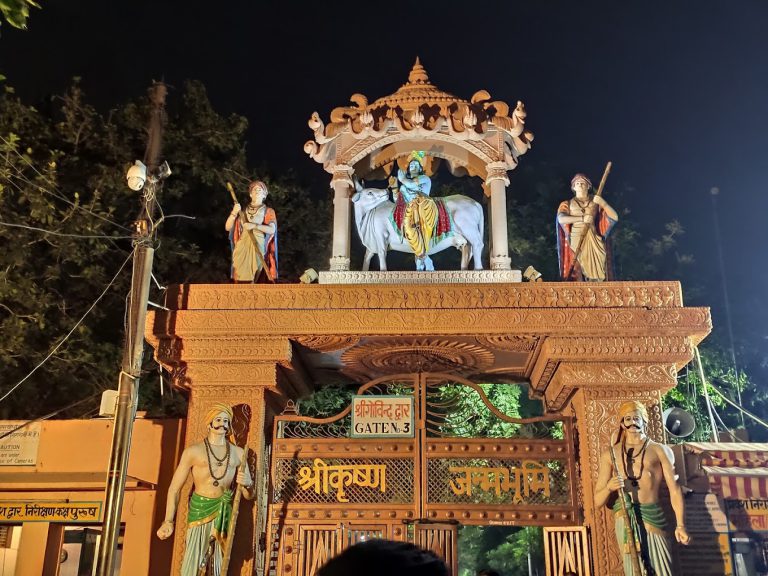
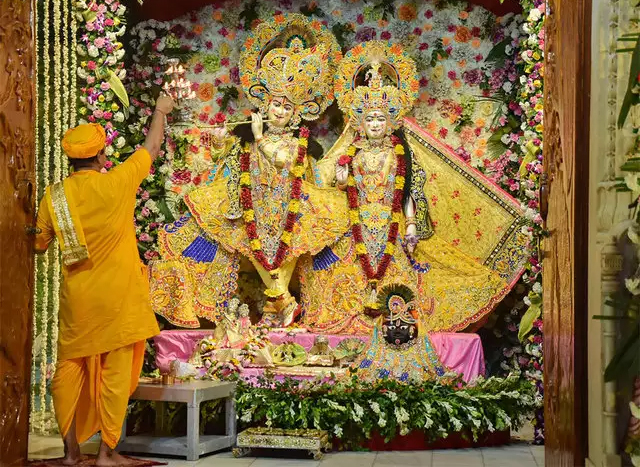
Dwarkadheesh Temple
Timings: 7:00 AM to 1:00 PM and 5:00 PM to 9.30 PM; Monday to Sunday
The Dwarkadheesh Temple is one of the oldest and largest temples in Mathura, a city deeply associated with the life and legends of Lord Krishna. This temple is a significant sacred site and a popular place of worship for devotees and tourists.
Here are some key details about the Dwarkadheesh Temple:
Location: The Dwarkadheesh Temple is located approximately 4 kilometres from the Mathura Junction Railway Station. It is situated near the banks of the Yamuna River, near Vishram Ghat.
Main Deity: The central attraction of the temple is Lord Dwarkadheesh, who is considered another form of Lord Krishna. This deity is worshipped with great devotion by visitors and devotees.
Other Names: The temple is also known by other names, such as Jagat Mandir or Nija Mandir, signifying its significance as a sacred and revered place of worship.
History and Construction: The Dwarkadheesh Temple was constructed by Seth Gokuldas Parikh, a devout follower of Lord Krishna. The temple was built in commemoration of the deity and serves as a symbol of devotion and faith.
Architectural Beauty: The temple is renowned for its beautiful architecture, intricate carvings, and paintings. It is a testament to the rich heritage of North Indian temple architecture. The temple structure has five storeys and is supported by seventy-two pillars.
Main Shrine: The main shrine within the temple houses the images of Lord Krishna, his beloved Radha, and other Hindu deities. Lord Dwarkadheesh is depicted in the form of a shiny black stone idol with four hands, each carrying a mace, a Sudarshana Chakra (discus), a conch, and a lotus flower.
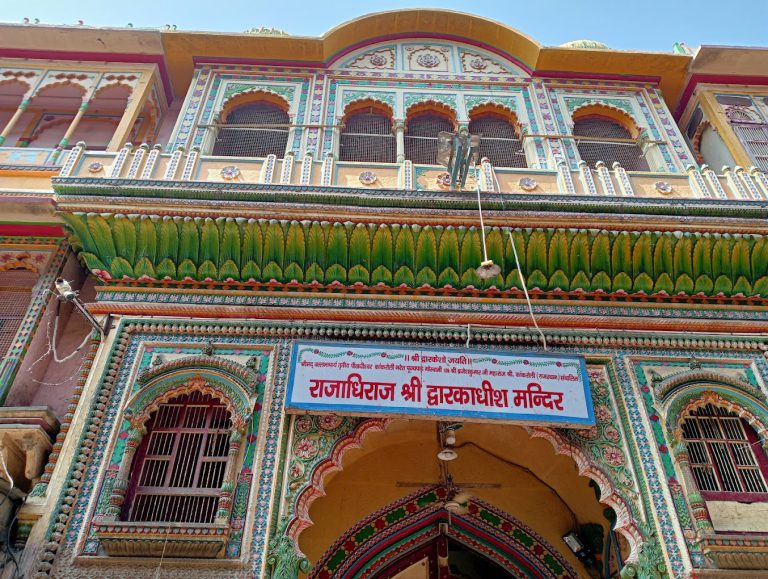
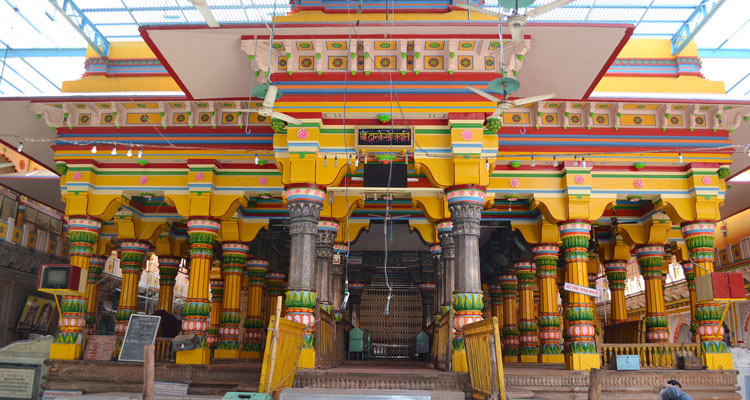
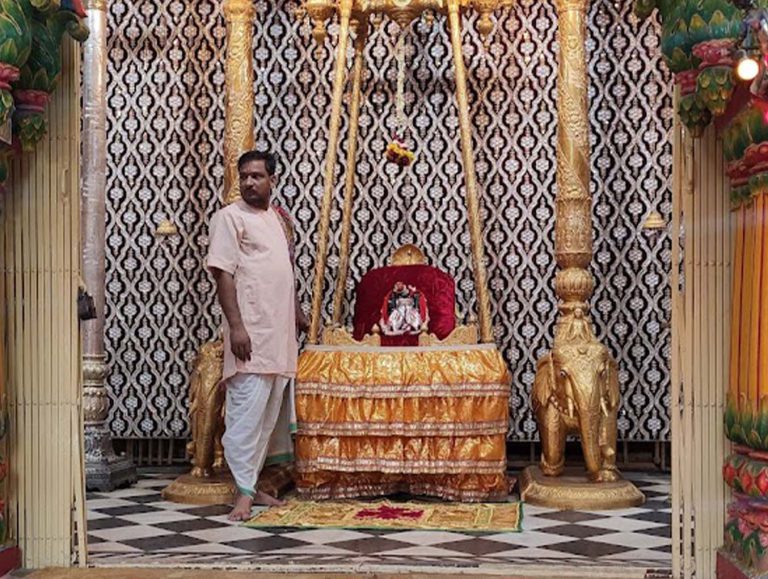
Vrindavan Parikrama
Vrindavan Parikrama is a sacred tradition of circumambulating or walking around the town of Vrindavan, which is deeply associated with the life and legends of Lord Krishna. It is a customary practice for devotees and pilgrims who visit Vrindavan to perform Parikrama as an act of devotion.
Here are some key details about Vrindavan Parikrama:
Significance: Parikrama is an act of devotion and reverence. It involves circumambulating sacred places, temples, and shrines associated with Lord Krishna and Radha. The act of walking around these holy sites is considered spiritually purifying and is believed to bring blessings and divine grace.
Parikrama Path: In Vrindavan, there is a designated Parikrama path that goes around the town. This path is situated near the ISKCON temple, one street over. Devotees and pilgrims typically follow this path to complete the circumambulation.
Distance and Time: The Parikrama path in Vrindavan is approximately 10 kilometres (6 miles) long. It usually takes devotees two to three hours to complete the entire Parikrama. The time and effort invested in the Parikrama are seen as an offering of devotion and commitment.
Places Visited: During the Vrindavan Parikrama, pilgrims pass by and visit various sacred sites and landmarks associated with Lord Krishna. Some of the notable places include Madana Ter, Kaliya Ghata, Madana Mohana Temple, Imli Tala, Sringara Vat, Keshi Ghata, and many more. Each of these sites holds unique significance and is linked to specific events from Krishna’s life.
Cultural and Spiritual Experience: Vrindavan Parikrama is not only a physical journey but also a spiritual and cultural experience. Devotees chant prayers, sing bhajans (devotional songs), and offer their devotion and respect at the various sites they encounter during the circumambulation.
